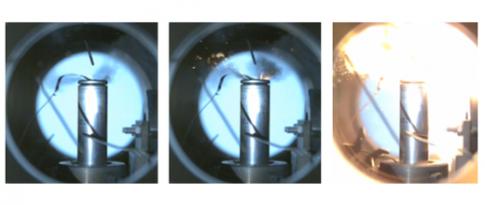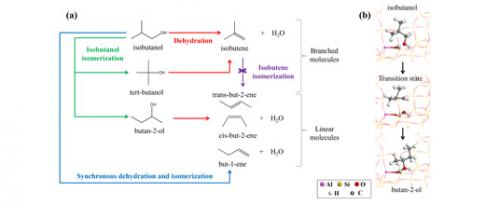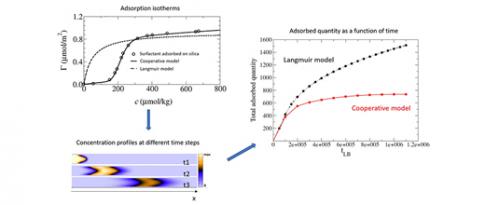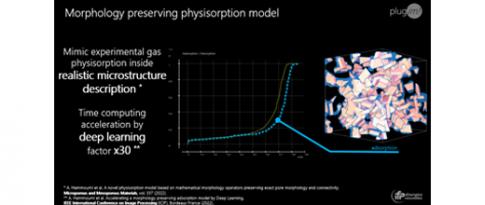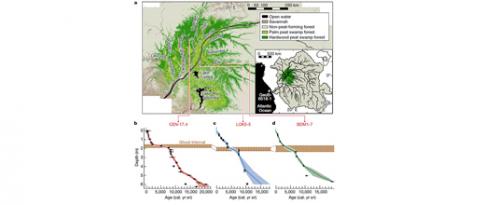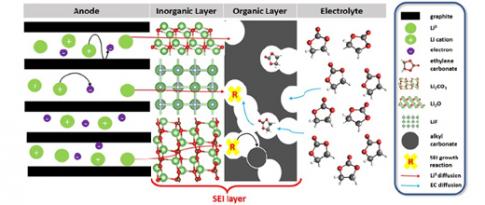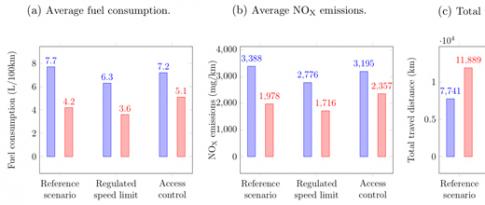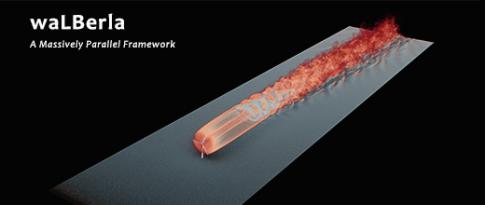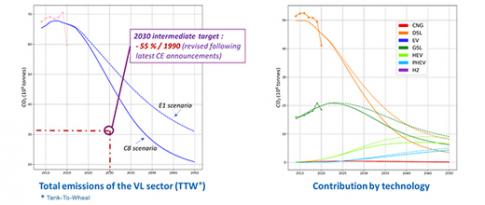10.05.2023
15 minutes of reading

Hélène Olivier-Bourbigou
Coordinator of IFPEN fundamental research
IFPEN is committed to supporting the energy, ecological and digital transition in order to achieve the ambitious but crucial goal of carbon neutrality by 2050.
I am convinced that our fundamental research, organized around nine scientific challenges (SC) and in synergy with applied issues, is pivotal to the emergence of innovative solutions.
In this issue you will find articles covering a specific aspect of each of these challenges.
This selection gives me an opportunity to highlight the extent to which the structure we have in place promotes cross-functionality and interdisciplinary approaches with:
- The emergence of new topics associated with the transitions. Energy with the behaviour of batteries (SC1 and SC6) and wind power (windfarm simulation SC8). Ecological with the vulnerability of peatlands (SC5) and environmental economics (SC9). Digital with the use of advanced approaches (SC2, SC3, SC7) and deep learning for innovation in the field of materials (SC4);
- Adjacencies with our more long-standing themes. The research described in the SC1 article draws on our expertise from IC engine studies. The research described in the SC2 article is inspired by an approach previously employed in the field of hydrocarbons. The hydrological study described in the SC5 article is based on DionisosFlow® basin modeling software;
- The ability to bridge disciplines. Use of new numerical approaches to characterize phenomena of molecular adsorption and transport in complex media (SC3 article). Use of molecular modeling to analyze degradation phenomena in electrochemical batteries (SC6 article). Combining Lattice-Boltzmann methods with massively parallel computing via GPU (SC8 article) for accelerated real-time simulation of whole windfarms;
- Scientific cooperation and pooling of skills. This research is conducted with national and international academic partners (see SC2 and SC8 articles), research bodies (SC5 article), industrial players (SC4 article) and ADEME (SC9 article).
Enjoy your reading !
Hélène Olivier-Bourbigou
SC1 - New experimental set up to study battery safety
The electrification of mobility is a major transformation aimed at reducing greenhouse gas and pollutant emissions by the transport sector. In this context, the Li-ion battery is currently the technology employed by all car manufacturers to provide the energy storage required for the roll-out of electric vehicles...
SC2 - Quantum calculation reveals key mechanisms for bio-based chemistry
The dehydration of bio-based alcohols to form alkenes is a key reaction to obtain major chemical intermediates from biomass. It is efficiently catalyzed by zeolites presenting Brønsted acid sites and a crucial challenge is the control of its selectivity...
SC3 - Simulation of the adsorption/transport combination via a generalized lattice-boltzmann approach
Transport of molecules within porous structures that adsorb on the surfaces plays an important role in numerous contexts and very different applications. These include pollutant transport in soils, industrial catalytic conversion and purification processes, and chromatographic techniques...
SC4 - New numerical approach for the characterization of virtual porous materials
Inside porous materials, physico-chemical phenomena such as matter transport, catalytic reactions and capillary effects are strongly influenced by the geometry of the pore networks, i.e., the degree of porosity, the distribution of pore sizes and their connectivity. (....) IFPEN and Saint Gobain Research Provence decided to tackle the problem differently, by exploring a new numerical approach...
SC5 - Vulnerability of peatlands to climate change
Peatlands only occupy 3% of the earth’s surface but contain more than 25% of the organic carbon stored in the surface layers of the subsoil. Plant matter accumulates slowly there and undergoes a slow decomposition process under the effect of a water-saturated, oxygen-poor environment. Therefore the peat can still decompose and is particularly vulnerable to environmental changes...
SC6 - How to better control loss of lithium battery capacity
Everybody knows that lithium-ion batteries, used in cell phones, computers, etc., gradually lose capacity and eventually fail. This loss of capacity is primarily due to a layer known as the SEI, which forms between one of the battery’s electrodes and the electrolyte (see Figure). This layer already appears after the first battery charge/discharge cycle, and grows over time, consuming lithium ions. The process is irreversible and therefore detrimental to battery capacitye...
SC7 - Variable speed limits: for more eco-friendly urban traffic management
Driven by environmental and energy frugality challenges, there is growing interest in vehicle fuel efficiency and a reduction in the impact of mobility. While the promotion of alternative transport modes to cars remains the principal lever for change, much can still be done in terms of road traffic management. An IFPEN team worked on this subject as part of a thesis in collaboration with Gipsa-lab...
SC8 - “Massively” accelerated windfarm simulation
In the field of wind energy, Large Eddy Simulations (LES) are widely used to gain a better understanding of wind flow within wind farms. On a wind farm scale, they are also used to establish analytical wake models, and are useful for studying the interactions between individual wind turbines as well as with the atmospheric boundary layer (ABL)...
SC9 - New resources for the prospective analysis of french road transport
Cutting CO2 emissions from road vehicles is essential and necessary to reduce long-term greenhouse gas (GHG) emissions in France. The transport sector is still responsible for more than 30% of national emissions, making it the sector with the highest level of emissions. The development of new low-carbon powertrains may also result in an improvement in air quality and help reduce our reliance on imported fossil fuels.






